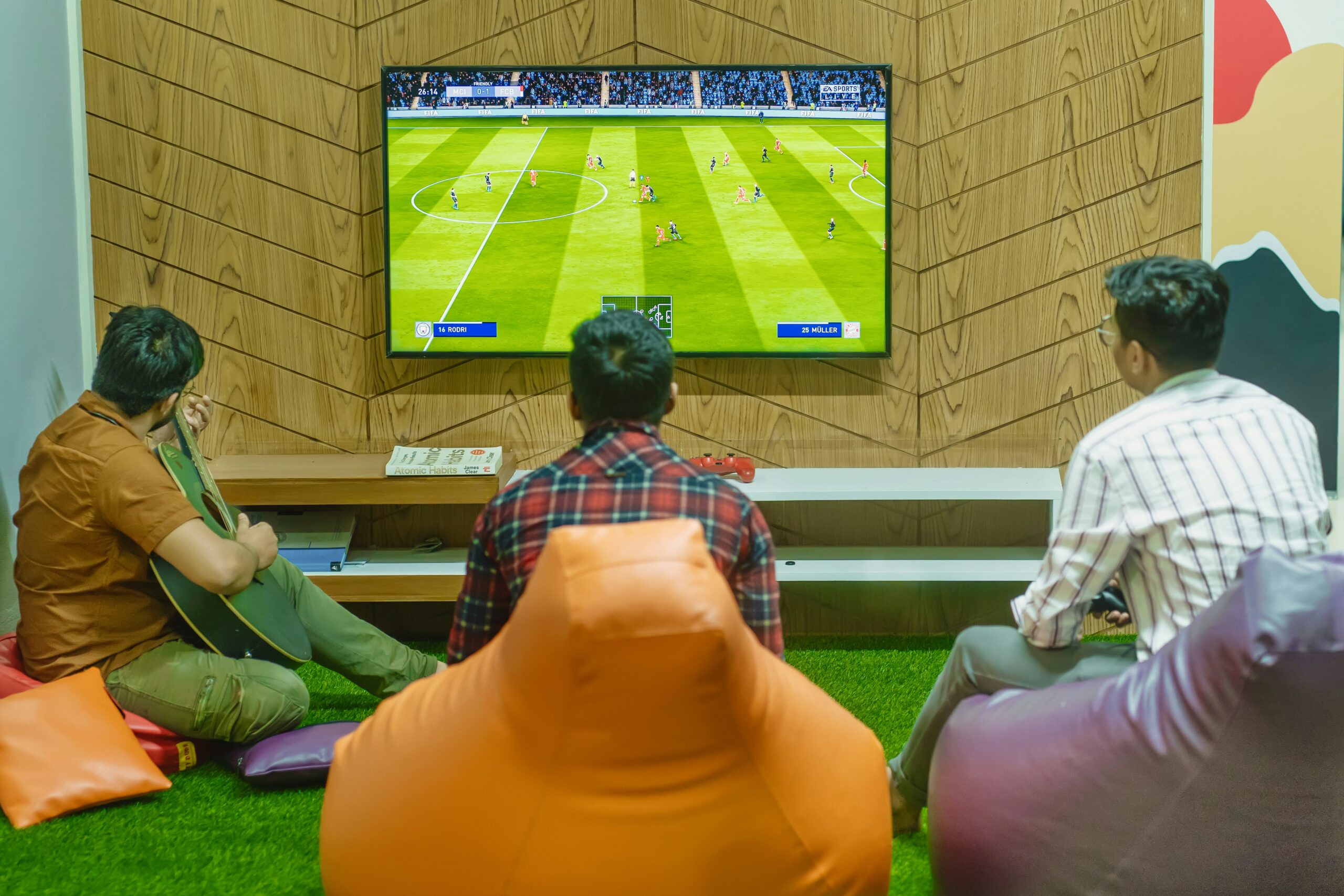
Soccer, often referred to as the world’s most popular sport, transcends borders, languages, and cultures. Watching soccer is not just about the game itself; it’s about the connections it fosters among people. Whether it’s the excitement of the World Cup or the weekly local matches, soccer has the power to unite diverse cultures, creating a shared experience that transcends boundaries. In this article, we’ll explore how soccer builds bridges between cultures, fosters mutual understanding, and promotes inclusivity.
The Global Appeal of Soccer
Soccer is played and watched in every corner of the globe. From the streets of Rio de Janeiro to the fields of rural Africa, the sport’s reach is unmatched. The universal nature of soccer enables people from diverse cultures to connect in ways that transcend language and geographic boundaries.
The beauty of soccer lies in its simplicity. All you need is a ball, a few players, and a goal. This accessibility makes the sport ideal for people of all backgrounds to come together. In regions with limited resources, soccer is often the first opportunity for young people to engage in a structured team activity. This sense of belonging plays a crucial role in uniting communities and forming connections across cultural lines.
Uniting Fans Through Shared Passion
One of the most potent aspects of soccer is the passionate fanbase it creates. Whether it’s a local club, a national team, or an international competition, soccer fans share an intense emotional connection to the game. Watching soccer is not just a pastime; it’s a shared experience that unites fans in celebration, disappointment, and triumph.
The communal nature of watching soccer fosters a sense of solidarity among supporters, often regardless of nationality or cultural differences. The energy in a stadium during a big match, or the camaraderie in watching a game with friends at a local pub, creates a bond that transcends geographic and cultural divides. This shared passion enables fans to form friendships and connections that would not be possible otherwise.
Soccer as a Tool for Cultural Exchange
When people from different countries and cultures watch soccer together, they gain insights into each other’s traditions and values. Soccer games often serve as an opportunity to learn about different customs, languages, and ways of life. Fans may even find themselves discussing their favorite players, the history of the game in their respective countries, or how soccer has shaped their own personal experiences.
International tournaments, such as the FIFA World Cup, provide an unparalleled platform for cultural exchange. Fans from different nations converge in the host country, and through their shared love for the game, they experience each other’s cultures. The atmosphere in such tournaments is a celebration of diversity, where people from all walks of life come together in the spirit of sportsmanship and respect.
Building Bridges Through Soccer-Based Programs
Soccer is also used as a tool for social change and cultural integration through grassroots programs. Many organizations worldwide utilize soccer to promote inclusivity, unity, and peace. These programs encourage cooperation and understanding between people from diverse backgrounds.
For example, the NGO “Street Football World” operates in several countries, using soccer to engage young people in positive activities and teach them about teamwork and mutual respect. These programs often focus on marginalized communities, giving young people the opportunity to break down cultural and social barriers through soccer. By using the universal language of sport, these programs help foster tolerance and understanding.
Breaking Down Stereotypes Through Soccer
In a world where cultural misunderstandings and stereotypes can easily arise, soccer provides a platform for breaking down these barriers. When people from different cultures watch soccer together, they often realize that their commonalities far outweigh their differences.
International soccer competitions, in particular, challenge preconceived notions about other cultures. For example, a fan from the United States may watch a game featuring a Brazilian team and come to understand and appreciate the passion and energy of Brazilian soccer. Similarly, a fan from Japan may see the discipline and precision in the way German players approach the game. These experiences help broaden perspectives and reduce prejudice.
The Role of Soccer in Promoting Peace
Soccer has also played a vital role in promoting peace in conflict zones. The sport’s ability to bring people together is well-documented, and it has been used as a tool for reconciliation in post-conflict areas. In countries such as Liberia and Sierra Leone, soccer has been used to bridge divides between different ethnic and political groups, fostering unity and healing.
A notable example of soccer promoting peace occurred in the 1990s during Liberia’s civil war. In the midst of the conflict, soccer players and fans united in a show of solidarity. Soccer matches became a symbol of hope and resilience, demonstrating how the game could unite even in the most difficult of times.
The Future of Soccer and Cultural Integration
As soccer continues to evolve, it will remain a powerful force for cultural integration. The growing accessibility of the internet and social media allows fans to follow their favorite teams and players from anywhere in the world. This digital transformation is making it easier for people to experience soccer in real-time, furthering the sport’s role in bridging cultures.
Moreover, the rise of women’s soccer has created even more opportunities for cultural exchange. The FIFA Women’s World Cup, for example, brings together women from different cultures, promoting gender equality and inclusion. As women’s soccer continues to grow in popularity, it will undoubtedly play a larger role in promoting unity worldwide.
Watching soccer is more than just enjoying a game; it is a shared experience that transcends cultural boundaries and creates connections among people from diverse backgrounds. From its global appeal to its role in social programs and peacebuilding efforts, soccer remains a powerful tool for building bridges between cultures. As fans worldwide unite in their love for the beautiful game, they demonstrate the power of sports to promote understanding, tolerance, and unity.